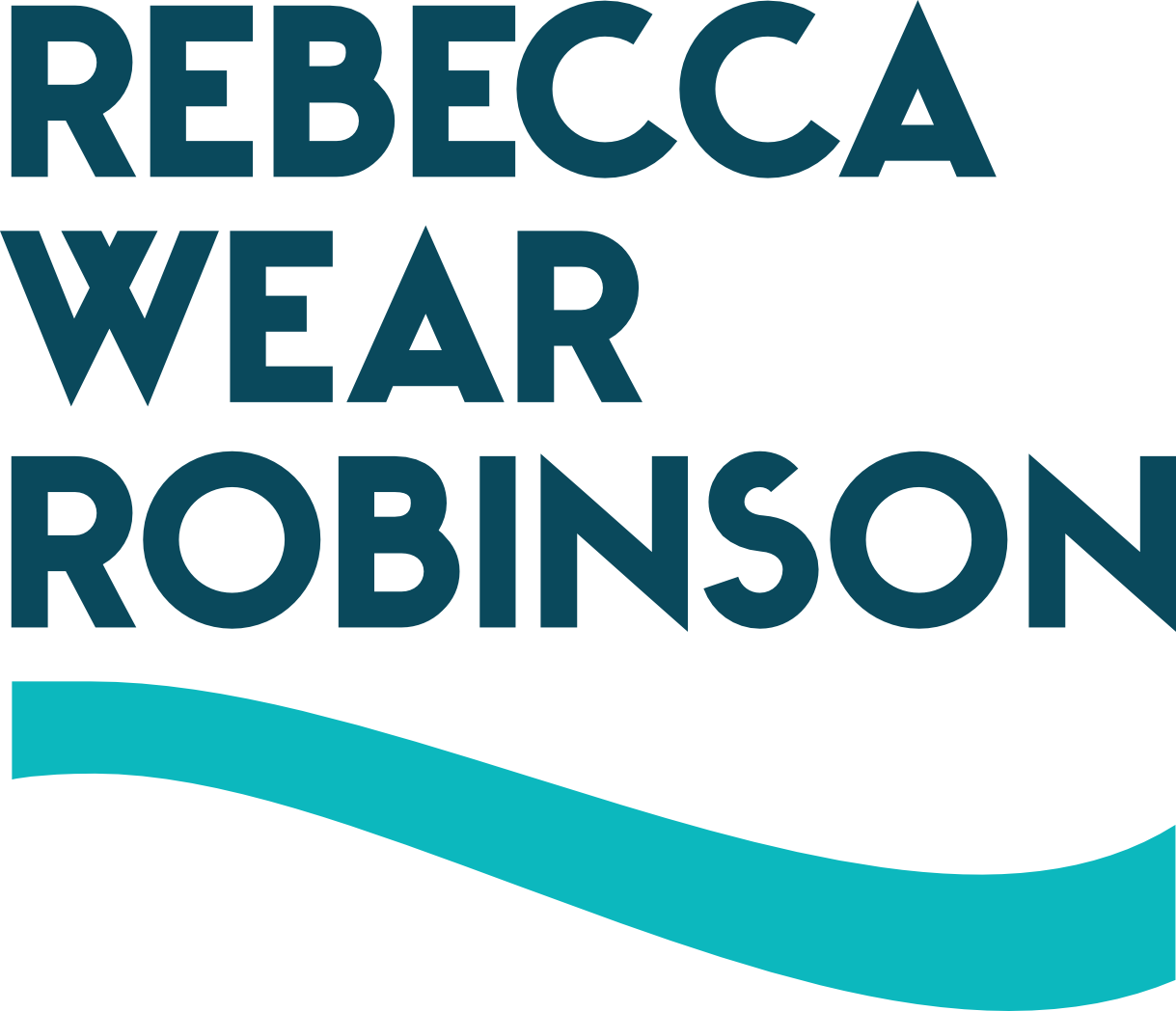A Picture Tells A Thousand Words
The images we see tell us more than words.
When you think of a lifeguard, what picture forms in your mind? Male? Female? Young? Old? Sitting? Running? Swimming?
The first picture that pops into your mind is probably a good indication of what you think of lifeguards. This picture has been formed based on what we see in the movies, TV programs, social media, and popular culture. It’s formed based on what we are told and what we see. Those visual images create or change bias. They tell us what is possible, and what is not possible.
Was the picture in your head a teenage male enjoying their ‘easy summer job’, lounging in the tall chair, taking in some rays? Or was it a trained scanning the water or heading to a rescue on a jet ski or rescue boat? The ‘easy summer job’ tends to be the common response when you say lifeguard, and the default is probably a white male.
You’d be right with ‘white’, since 71.3% of all certified lifeguards are white, compared to 14.1% Hispanic or Latino ethnicity and 5.8% Black or African-American ethnicity. It might surprise you to know that 47.9% are women, while 46.8% are men. 53% of certified lifeguards have a Bachelor’s degree, 14% have a high school diploma, and 10% have a Master’s Degree, but most lifeguards stay in the job only one year. 57% of lifeguards in the U.S. speak Spanish, in addition to English. It might really surprise you to know that the ‘easy summer job’ requires 26.5 hours of training, with a prerequisite of swimming laps and treading water, so you can’t just waltz in and grab a whistle. And yes, it can be a life-or-death job. Being a lifeguard can involve administering CPR and first aid, putting a suspected spinal cord injury on a backboard, and, fortunately rarely because of the training, seeing someone die.
When I was writing my article on rip currents, I searched for photos of lifeguards to accompany the article. Plenty of photos of handsome young white men striding across the sand, dashing to the rescue, plunging into the surf, or looking purposely over the water. After a search for ‘lifeguards’ only showed white males, I began to search for ‘female lifeguards’ because the images we show do set the pictures in our minds.
At first, the only photos I could find of female lifeguards were the standard beauty poses in swimsuits that were far more revealing than the norm - think Baywatch, not competitive swimming. It is entirely possible that some of the women in the photos were outstanding lifeguards, but most were clearly cheesecake shots - a male photographer’s sexual fantasy of a female lifeguard that doesn’t involve a real, competent, athletic woman at all. Objectification, not respect.
It’s worse if you Google Black lifeguards. The first photo that popped up was a man sitting on a chair examining his fingernails. Emphatically not what any lifeguard does and sending exactly the wrong message. Try doing some searches on Google and popular photo downloading sites, it’s depressing to see the inherent bias, which informs our ideas of who can be a lifeguard, and what a lifeguard does.
If you look at the images easily available, young white males are lifeguards, actively engaged in saving lives, while females and minorities are either striking a pose or being inept.
Pictures matter. A blog with a picture has a 42% higher click through rate than words without a picture.
Next time you see a photo, think about what you are being told. Is the photo contributing to inherent bias or is it challenging your perceptions? We can’t change the world overnight, but I sure hope the lifeguarding world starts by posting pictures of female and minority lifeguards that better reflect the true demographics of the real world.
And I did finally find the perfect photo. It’s from the Netherlands.

